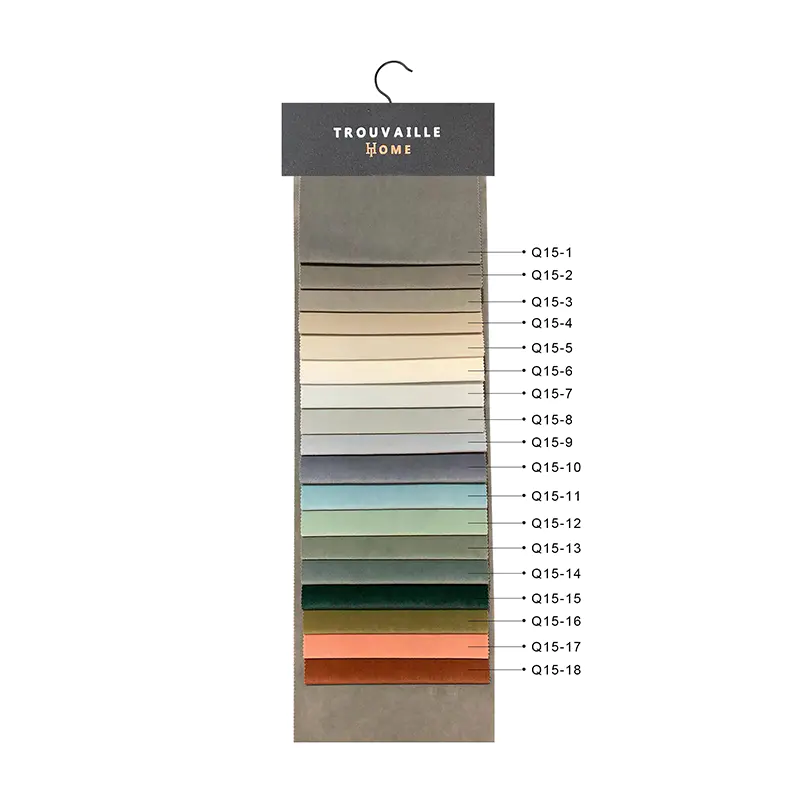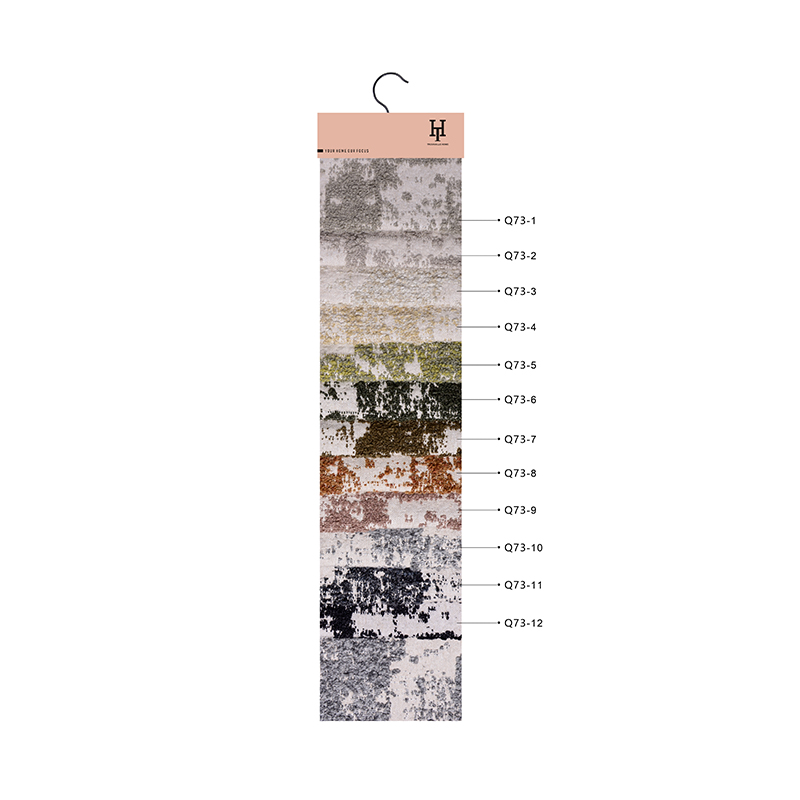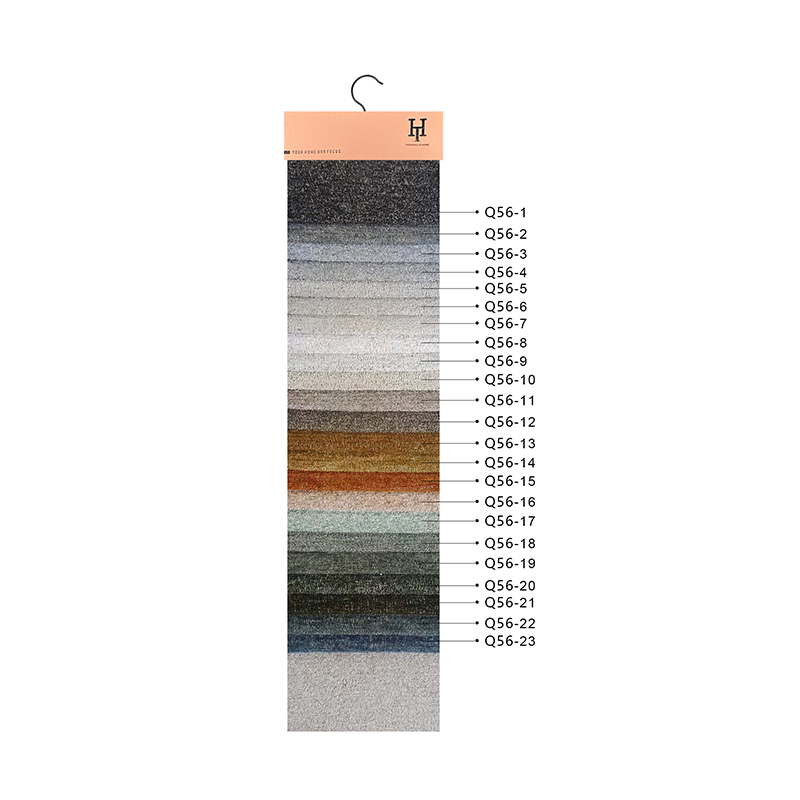Production process and technological innovation of Velvet Fabric
1、 Basic Overview of Velvet Fabric
Velvet Fabric, also known as Velvet Fabric, is a high-end velvet fabric commonly used to make high-end clothing, accessories, and household items. It has the characteristics of softness, smoothness, comfort, and warmth, while also possessing excellent luster and texture. This type of fabric is usually made of wool, silk, or synthetic fibers, and can present a variety of colors and texture effects. Velvet wool is known for its excellent warmth and comfort, making it suitable for making winter clothing and accessories; Silk Velvet is favored for its excellent luster and texture, often used to make high-end clothing and accessories; Synthetic fiber Velvet is commonly used in sportswear and outdoor products due to its better elasticity and durability.
2、 The traditional production process of Velvet Fabric
The production process of Velvet Fabric is relatively complex and requires multiple steps. Traditional craftsmanship mainly includes stages such as velvet production, dyeing, processing, and finishing.
Velvet production: Firstly, wool, silk, or synthetic fibers are made into velvet. This process involves combing, twisting, and weaving fibers to ensure uniform distribution of fibers and softness of velvet.
Dyeing: Dyeing is a crucial step in the production of Velvet Fabric and requires the use of professional dyes and equipment for processing. Through precise dyeing techniques, the fabric can be ensured to present rich colors and uniform hues.
Processing: The processing stage involves the use of professional chemicals and equipment to process and treat the fabric to enhance its durability and wrinkle resistance. This process also includes adjusting the softness and glossiness of the fabric to meet different market demands.
Processing and sorting: Finally, the velvet is processed into finished products and sorted and packaged. This stage includes cutting, sewing, ironing and other processes to ensure the quality and appearance of the final product.
3、 Technological innovation of Velvet Fabric
With the advancement of technology, Velvet Fabric's production processes and techniques are constantly innovating to improve product quality, reduce production costs, and meet a wider range of market demands.
Application of new fiber materials: In recent years, with the advancement of fiber technology, new fiber materials such as super imitation cotton filament, polyester POY, Tencel, and Coolmax fiber have been widely used in the production of Velvet Fabric. These new fibers not only improve the strength and wear resistance of the fabric, but also endow the fabric with better moisture absorption and anti-static properties. For example, some patented technologies use ultra imitation cotton filament and polyester POY for grid tied double twisting to prepare blended fibers, which are then combined with Tencel and Coolmax fibers as cladding layers and spandex as core yarn to weave Velvet Fabric with weft elasticity and water washing effect.
Research and development of environmentally friendly production technology: With the increasing awareness of environmental protection, the production of Velvet Fabric is also moving towards a green and environmentally friendly direction. Some manufacturers have started using environmentally friendly dyes and additives to reduce wastewater discharge and harmful substance residues during the production process. Meanwhile, they are also exploring more energy-efficient and efficient dyeing and processing techniques to reduce energy consumption and production costs.
The introduction of intelligent production lines: With the development of intelligent manufacturing technology, Velvet Fabric's production lines are gradually achieving intelligence. By introducing automation equipment and intelligent control systems, precise control and real-time monitoring of the production process can be achieved, improving production efficiency and product quality. For example, some manufacturers use intelligent weaving equipment to achieve automated control and adjustment of the fabric weaving process, ensuring the consistency and stability of the fabric.
Development of multifunctional fabrics: In order to meet consumers' demand for multifunctional fabrics, some manufacturers have begun to develop Velvet Fabric with special functions. For example, by adding functional additives such as antibacterial, anti mite, and flame retardant agents, fabrics can be endowed with more added value and market competitiveness. At the same time, they are also exploring the combination or interweaving of Velvet Fabric with other functional fabrics to develop fabric products with more diverse application areas.




















